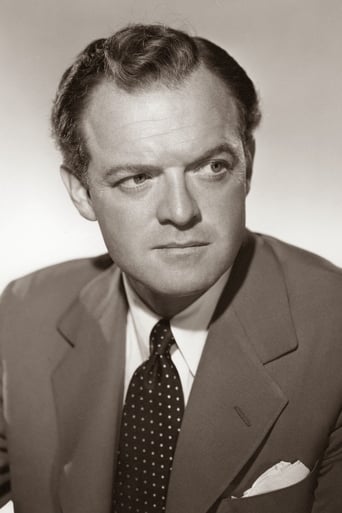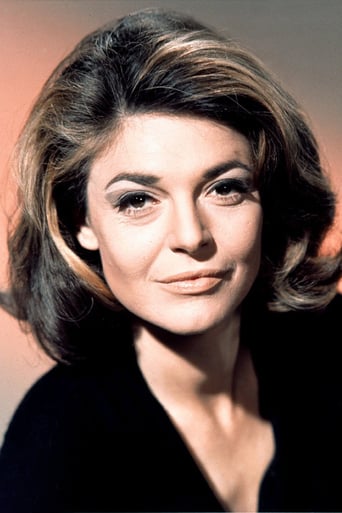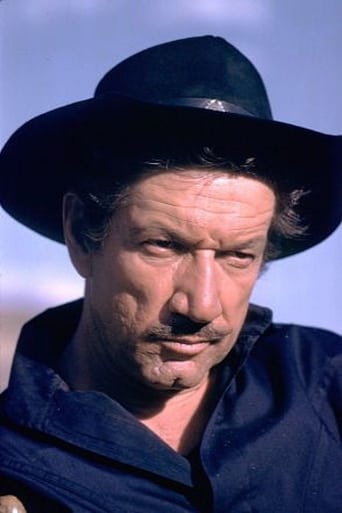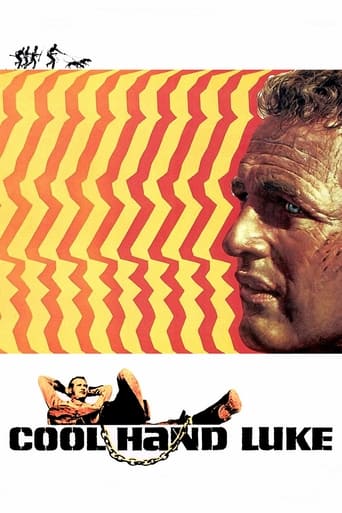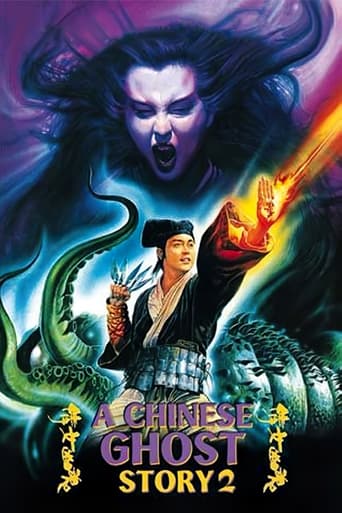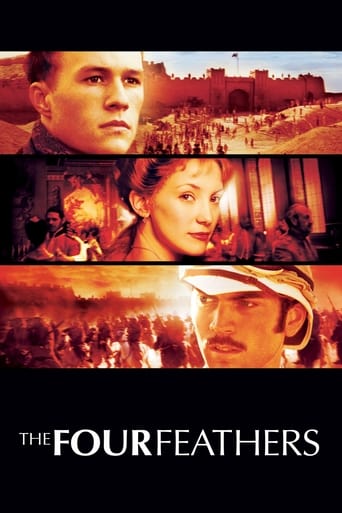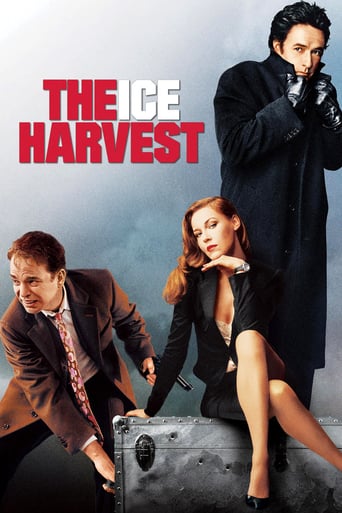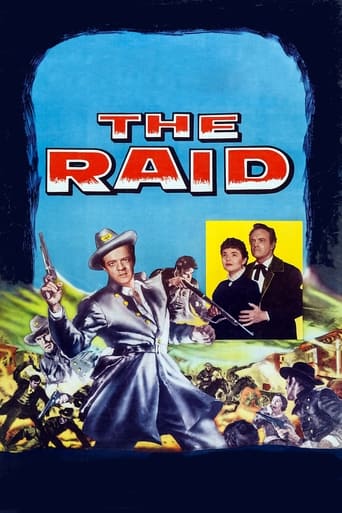
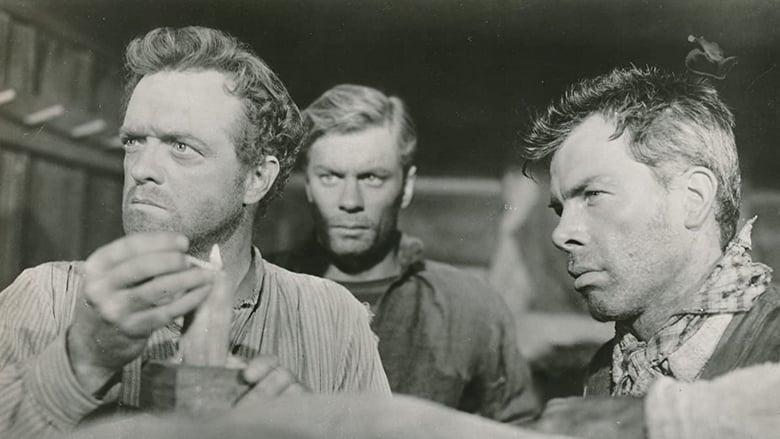
The Raid (1954)
A group of confederate prisoners escape to Canada and plan to rob the banks and set fire to the small town of Saint Albans in Vermont. To get the lie of the land, their leader spends a few days in the town and finds he is getting drawn into its life and especially into that of an attractive widow and her son.
Watch Trailer
Cast
Similar titles
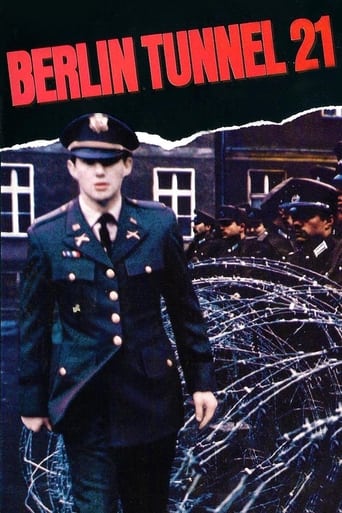
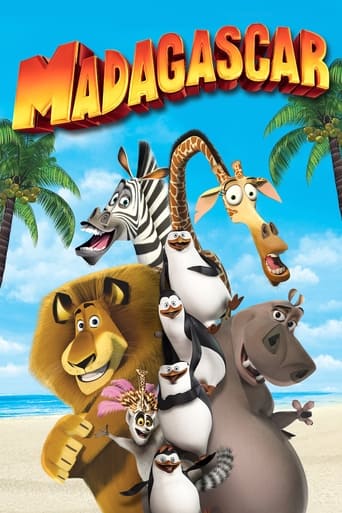
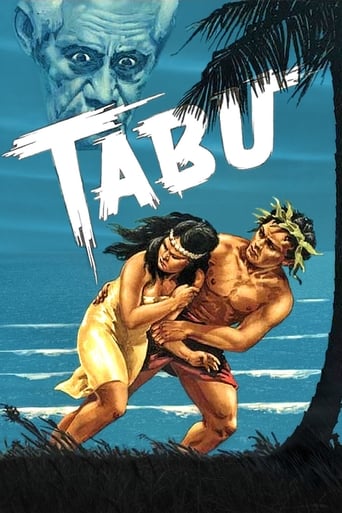

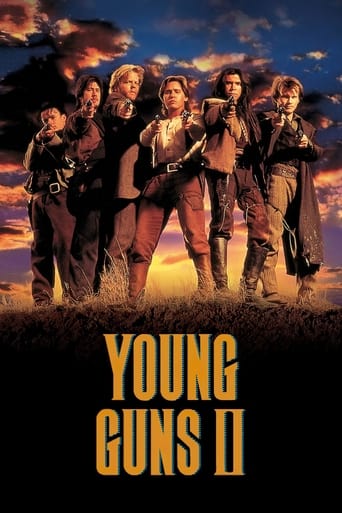
Reviews
Truly Dreadful Film
Slow pace in the most part of the movie.
I like movies that are aware of what they are selling... without [any] greater aspirations than to make people laugh and that's it.
It is an exhilarating, distressing, funny and profound film, with one of the more memorable film scores in years,
Van Heflin stars and leads a group of escaped prisoners, re-formed into Confederate cavalry and operating in Canada that raid St. Albans, Vermont and burn the town down after looting it. It's a little known incident of the Civil War as the Confederacy in a last gasp takes the war north to about as far from the Mason-Dixon line north as you can get.Always present in the background is the reminder that General Sherman is moving through the south leaving a lot more destruction in his path. Sherman said war is hell and he tried to make it so. The Raid on St. Albans was a reminder to the north that hell is a two way street.Before The Raid, Heflin goes to St. Albans to scout the terrain and in the process becomes more than friends with Union widow Anne Bancroft and her young son Tommy Rettig. It's probably the most difficult part of Heflin's role. He is a likable and decent man, but war forces decent people to do indecent things. We're always reminded that his home was burned and wife killed during one of Sherman's raids.Peter Graves, Claude Akins, James Best, and John Dierkes all familiar faces are part of Heflin's troops. Lee Marvin is also and he has a most memorable role as a soldier so thirsting for payback that he forgets all kinds of discipline. Richard Boone plays a Union soldier who has left the front and runs a recruiting station at St. Albans. He too is a man with many secrets. What's not secret is his interest in Bancroft and his jealousy of Heflin in that regard.The Raid is a fine film and Van Heflin leads a distinguished cast with his usual professionalism. Those people at St. Albans got a taste of what New Yorkers felt on 9/11 albeit much different circumstances.
See it – I'm always a sucker for a good Civil War movie. If you are anything like me, you're always on the lookout for another film with a fresh depiction of that fascinating, yet tragic period in United States history. I like this one because it tells the story from the Confederate perspective. Van Heflin, Lee Marvin, and Richard Boone star in this exciting and relatively unknown film about a band of Confederate Rebels who escape from a Union prison camp. They escape to Canada, and start planning "The Raid" on a Northern Yankee town. Of course this movie is very "old-fashioned," but I guess that's why I like it. 3 action rating
"This is a true story...it began on the night of September 26 1864, in a Union prison stockade at Plattsburgh, New York, not many miles from the Canadian border."Tho director Hugo Fregonese's The Raid opens with the above written statement, it's not entirely accurate. Further research into what became known as "The St. Albans Raid" is required if you want the complete and unembellished story. However, The Raid is in structure and plot significantly in line with what happened back there in 1864. Lifting from the story entitled "Affair At St. Albans" by Herbert Ravenal Sass, The Raid is about seven Confederate prison escapees who infiltrate the community of St. Albans and plot a second front. As the town is gleefully praising General Sherman's march towards Savannah - and throwing auctions to sell off mementos of slain "Rebel" soldiers, the "Rebs" are fashioning bottles of "Greek Fire" with which to torch the town as they plunder the bank of all the town money.Naturally all doesn't go to plan, as an on the edge soldier puts a spanner in the works; and the "Reb" leader, Maj. Neal Benton (aka Neal Swayze), finds a conflict of interest as his relationship with Katie Bishop and her son starts to form. All of which helps to make The Raid an engrossing picture outside of its already high interest point for being a "Confederate" movie (how many can you name about the "Rebs" winning for example?). More so when one knows that the film doesn't revert to genre formula, it threatens to, but Fregonese and his crew are not interested in serving up standard fare, with the ending a particular point of reference to ram home that opinion.Van Heflin is excellent as Benton/Swayze, put this along side his work in other Western outings like Shane and 3:10 To Yuma, and he surely is a candidate for the genre's most undervalued actor award. Watch as he has to suppress various forms of emotion - anger as the town around him rejoices in his fellow countrymen's misfortune - affection as he gets close to the mother and son, and torn as he ultimately must abide by his war driven codes. A fine turn from a very fine actor. Anne Bancroft is suitably bright eyed and deep down strong as Katie, while Richard Boone does a nice line as the troubled, and limb absent Captain in desperate need of redemption. Lee Marvin, Claude Akins (uncredited) and Peter Graves man up the support cast, and a nod of approval is warranted for young Tommy Rettig as Larry Bishop.Filmed on location at Iverson Ranch, Chatsworth, Los Angeles, California, I find myself once again searching for superlatives about Lucien Ballard's cinematography. This is a "gorgeous" film to look at, the Technicolor crisp in tone as the brown and orange hues of St. Albans play host to the shimmering blues of the soldiers uniforms, all of course about to be engulfed by the crackling spurts of the raiders incendiary use of "Greek Fire". I fell in love with this movie quite early on in proceedings, come the finale, I knew I just had to have it in my own collection, I can only hope that this picture finds a new audience from which to give it the love it dearly deserves. 9/10
There was a time that if you mentioned the Civil War in motion pictures, you could name four or five titles: BIRTH OF A NATION, ABRAHAM LINCOLN (both by D.W.Griffith), SO RED THE ROSE, THE GENERAL, and GONE WITH THE WIND. There were other films (THE PRISONER OF SHARK ISLAND about the assassination of Lincoln and Dr. Mudd's martyrdom). But no films touched upon the major battles as such - until the 1950s. In 1951 John Huston filmed THE RED BADGE OF COURAGE. The Stephen Crane novel is fiction, but the battle it chronicles (according to Crane) was Chancelorsville (May 1863). The next time an actual battle was filmed would be the "Shiloh" segment in John Ford's HOW THE WEST WAS WON. Ford (who also had done THE PRISONER OF SHARK ISLAND) did THE HORSE SOLDIERS, based on the raid by Col.Benjamin Grierson into Mississippi in 1863, during the Vicksburg Campaign. Aside from a reference to it in THEY DIED WITH THEIR BOOTS ON (where Errol Flynn, as George Custer, led a charge of some importance), Gettysburg did not become a film until the 1990s, when Ted Turner made a pretty accurate film of that battle from the novel THE KILLER ANGELS.The only film, aside from these, dealing with a land battle of sorts in the Civil War that dates from the 1950s is THE RAID, with Van Heflin, Richard Boone, Anne Bancroft, and Lee Marvin. Curiously enough it is also the only American film dealing with the savage turn in Confederate strategy that appeared in 1864. That year a raid had occurred on Richmond, led by Col. Ulrich Dahlgren, a Northern soldier (his father was an important Admiral). Dahlgren was killed, and the Southern leaders claimed papers found on him actually showed that Jefferson Davis and his cabinet were to be murdered by the raiders. Lincoln and the Northern authorities denied this (the controversy about the "Dahlgren" Papers lingers to this day). But Confederate strategy began to formulate fifth-column activities, such as sending infected clothing to northern cities to start epidemics, setting fire to New York City (in November 1864), seizing a warship on the Great Lakes, destroying Northern railroads, planning an insurrection in the Midwest with Copperhead leaders, and attacking towns in New England and the Midwest from Canada. The raid on St. Albans in October 1864 was one of the few planned activities that came off without any real hitches, and surprised the North disagreeably.The raiders were centered in Montreal and Toronto, and crossed the border into Vermont where they attacked and robbed the banks in St. Albans. One civilian was killed, but the raiders managed to cross the boarder back into Canada safely. However, the Canadian authorities (under pressure and threats from the U.S. government) kept the Confederates under close confinement for months. No further raids could be attempted.THE RAID fictionalizes well this story, giving it's leader (Heflin) a conflict between his attachment to Bancroft and her son (and his friendship with the citizens of the little town) and his duty to his Confederate government and comrades. In the end he follows his duty, and his last look back at the burning town, as he reaches the boarder, is the realization that he can never hope to see what he has given up again. Besides Heflin's fine performance, Richard Boone (currently gaining his television fame as Paladin on HAVE GUN, WILL TRAVEL) is excellent as a Northern veteran with one arm, who is pitied and somewhat despised by his neighbors and Bancroft. He turns out to be the only one in town to return fire on the Confederates, and gains back the respect that his crippling injuries had briefly lost for him. In all, it is a worthy little film, and shows how a curious little anecdote can sometimes blossom into a decent movie.
